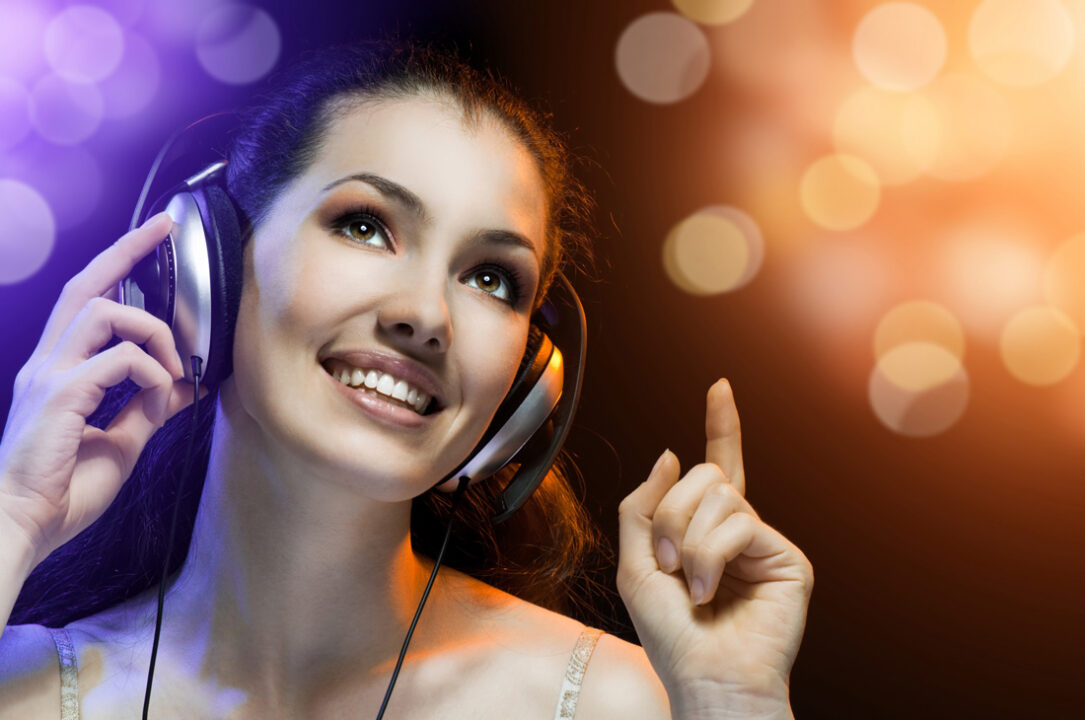Remarkable trend: ASMR

If you’ve spent some time on YouTube, chances are that you have stumbled across some videos of people whispering or making ‘oddly satisfying’ sounds and/or visuals, commonly referred to as ASMR.
Some people love it, while others have quite the opposite opinion on the subject. How is it that people can experience the same sounds (and visuals) so differently? And what exactly is ASMR?
ASMR stands for Autonomous Sensory Meridian Response. Autonomous indicates that it is something you experience on your own (or within your own body). Sensory refers to the fact that it is triggered by senses, and Meridian Response is a euphemism for ‘orgasm’. Less commonly used terms to describe the same phenomenon are AIHO and AIE.
People that experience ASMR often describe it as:
‘a tingle starting at the head or scalp and spreading via the spine, a warm feeling’
This ‘tingle’ is triggered by certain – often quiet and repetitive – sounds, like gentle whispering, hand movements, smacking of lips, nail tapping, scratching, brushing etc. and can be accompanied by visuals such as painting, small movements with fingers/hands, animations, or simply someone in front of the camera, anything you can easily focus on, really. That being said, it is a multi-sensory experience, hence not just limited to sound.
But why is it so popular?
ASMR has no other goal than to relax the audience. Most people that regularly listen to ASMR content explain that it makes them feel relaxed, relieves stress, and even helps with anxiety (though not scientifically proven). The term ASMR did not exist before 2010 and has been created by Jennifer Allen. She, like many others, had been searching the internet for information about the sensation she experienced, and encountered others doing the same in 2009. Since many people did not feel comfortable talking about it, it only became a popular topic recently since people started to upload ‘whispering’ videos to YouTube.
Because ASMR is a relatively new topic in research, it can be hard to explain what it is exactly. Psychologist and neuroscientist Nick Davis (who co-authored one of the first studies about ASMR) says that ASMR is often associated with close, personal yet non-sexual contact. Similar to social bonding of animals, or caring and nurturing triggers during childhood. The body shows reactions such as lowered heart rate, goosebumps and a change of electrical activity in the skin. It is however very hard to study what happens in the brain. Davis explains that the test subject needs to be relaxed and this is very hard in an environment like a noisy MRI scan.
But not everyone likes ASMR
..and that makes it even harder to research. There are people who just don’t experience the positive ‘ tingle’ everyone is talking about, and there are people that get annoyed or even angry when hearing ASMR sounds. The latter is called mesophonia.
ASMR-tist Gibi explains that you could distinguish ASMR sounds in two categories; wet and dry sounds. ‘Dry sounds’ could be something like brushing, paper sounds, cutting something, hand movements etc. while ‘wet sounds’ would be sounds of eating, licking, slime, spraying etc.
Gibi says that many people do prefer ‘dry sounds’ (or even hate ‘wet sounds’) and that you have to try different types of ASMR to know if it works for you. Furthermore, there are different types of ASMR videos, and again, some might work for you and some might not.
Safiya Nygaard described three different categories she commonly found on YouTube:
Trigger compilations: videos that often use several (popular) ASMR sounds on different objects, in a compilation.
Quiet activities: these are similar to regular YouTube videos in which someone does an activity (drawing, showing a haul, wardrobe-tour etc.), though quietly and often accompanied by whispering.
Role-plays & immersive stories: these videos focus on personal attention, with point of view (POV) camera angles giving the viewer the illusion of being part of the scene.
A good example of quiet activities are the painting videos by Bob Ross. Even thought it was not intended as ASMR content, many people watch it to get that ‘tingle’ due to the sound of Bob Ross’ voice and brush strokes. ASMR sounds can be found in many different types of content that are not intentionally created for this purpose. Unfortunately, ASMR is also often misunderstood and associated with sexual content. This lead to China banning ASMR content on big video streaming sites, because they were afraid that it could be “a threat to minors, who apparently make up a large part of ASMR’s viewership”. Even though a study conducted in 2015 by Swansea University in the UK found that 85% of consumers of ASMR just use it to help them get to sleep.
Since ASMR took off it certainly sparked some discussion, and sheds a different light on audio usage.
Does it work for you?


